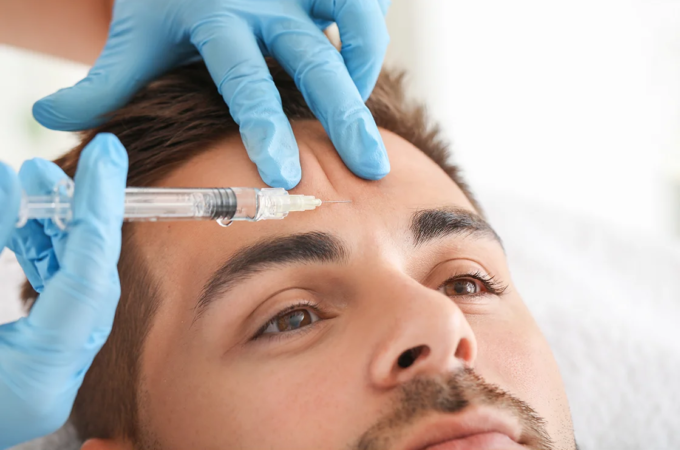
Swine Flu: Causes, Symptoms and Preventive Steps
Swine Flu: Causes, Symptoms and Preventive Steps
Swine flu (swine influenza) is a disease of pigs.
Swine flu doesn’t often infect people, and the rare human cases that have occurred in the past have mainly affected people who had direct contact with pigs. But the current “swine flu” outbreak is different.
The current outbreak of swine flu that has infected humans is of the H1N1 type. H1N1 virus is a human disease. People get the disease from other people, not from pigs. It spreads from person to person among people who haven’t had any contact with pigs.
H1N1 is highly contagious, allowing it to spread quickly from person to person. A simple sneeze may cause thousands of germs to spread through the air. The virus can linger on tables and surface areas like door knobs, keyboards or mobile phones, waiting to be picked up.
H1N1 has already been seen in 74 countries across the globe.
How does a human catch swine flu?
– From contact with infected pigs
– From contact with infected humans
Who is at risk?
– Children & Infants
– Pregnant Women
– Seniors
– Travelers
– People with Health Conditions
– People who are morbidly obese (BMI > 40)
– Health-care professionals (doctors, nurses, health-care personnel treating patients)
– Household contacts and caregivers of people with medical conditions that put them at higher risk for severe complications from influenza
What are the signs and symptoms?
The symptoms of swine flu are very much like those of regular influenza. They include:
– Cold
– Cough
– Diarrhea
– Headache
– Sore throat
– Temperature (fever)
– Tiredness (fatigue)
– Body aches
– Vomiting
Causes of H1N1 type Swine Flu
H1N1 type Swine flu is very contagious. The disease is spread through saliva and mucus particles. People may spread them by:
– Sneezing
– Coughing
– Touching a germ-covered surface (like door knob, keyboard, mobile) and then touching their eyes or nose
Preventive Steps to Keep Swine-Flu Away
Keep away from sick people.
Flu virus spreads when particles dispersed into the air through a cough or sneeze reach someone else’s nose. So if you have to be around someone who is sick, try to stay a few feet away from them and especially, avoid physical contact.
Avoid crowded areas.
Try to avoid unnecessary trips outside.
Wash your hands frequently.
Use the antibacterial soaps to cleanse your hands. Wash them often, at least 15 seconds and rinse with running water.
Avoid touching your mouth, nose, or eyes.
That’s not easy to do, so keep those hands clean.
Get enough sleep.
Try to get 8 hours of good sleep every night to keep your immune system in top flu-fighting shape.
Keep hydrated.
Drink 8 to10 glasses of water each day to flush toxins from your system and maintain good moisture and mucous production in your sinuses.
Boost your immune system.
Keeping your body strong, nourished, and ready to fight infection is important in flu prevention. So stick with whole grains, colorful vegetables, and vitamin-rich fruits.
Avoid alcohol.
Apart from being a mood depressant, alcohol is an immune suppressant that can actually decrease your resistance to viral infections like swine flu. So stay away from alcoholic drinks so that your immune system may be strong.
Do plenty of exercise.
Moderate exercise can support the immune system by increasing circulation and oxygenating the body. For example walking for 50-60 minutes every day will significantly perk up your immunity.
Wear a face mask (consider using an N95 respirator) if you must come into close contact with a sick person.
“Close contact” means within 6 feet. Note: There is no definitive proof that a face mask prevents flu transmission. Do not rely solely on a face mask to prevent infection.
When to see your doctor?
– If you are fit and healthy, there is no need to visit your doctor.
– Consult your doctor at the first sign of flu-like illness like cold, cough, vomiting, diarrhea or fever.
Diagnosing Swine Flu
– A diagnosis is made by sampling fluid from those with swine flu. To take a sample, a doctor or nurse may swab your nose or throat.
– The swab will be analyzed using various genetic and laboratory techniques to identify the specific type of virus.
How is swine flu treated?
Once the patient is tested positive for swine flu, treatment needs to be initiated immediately. According to the National Institute of Communicable Disease (NICD), swine flu can be completely treated if it is diagnosed at a very early stage.
The antiviral drugs are used to treat H1N1 swine flu. The anti-viral medicines oseltamivir (Tamiflu/Fluvir) and zanamivir (Relenza) are given to diagnosed patients. These drugs can help you get over swine flu faster. They can also help keep it from being too severe. They work best when taken within 48 hours of the first flu symptoms, but they can help when taken later.Antibiotics won’t help, because flu is caused by a virus, not bacteria.
If you are infected, how can you stop others from becoming infected?
– Limit your contact with other people
– Do not go to work or school
– When you cough or sneeze cover your mouth with a tissue. If you do not have a tissue, cover your mouth and nose.
– Put your used tissues in a waste basket
– Wash your hands and face regularly
– Keep all surfaces you have touched clean
– Wear a face mask (consider using an N95 respirator)
– Follow your doctor’s instructions
How long are infected people contagious?
An adult is usually contagious as long as they have symptoms – usually up to seven days following the beginning of the illness. Children can be considered contagious longer, up to 10 days.




